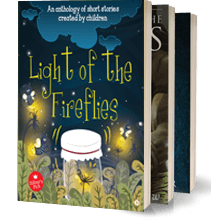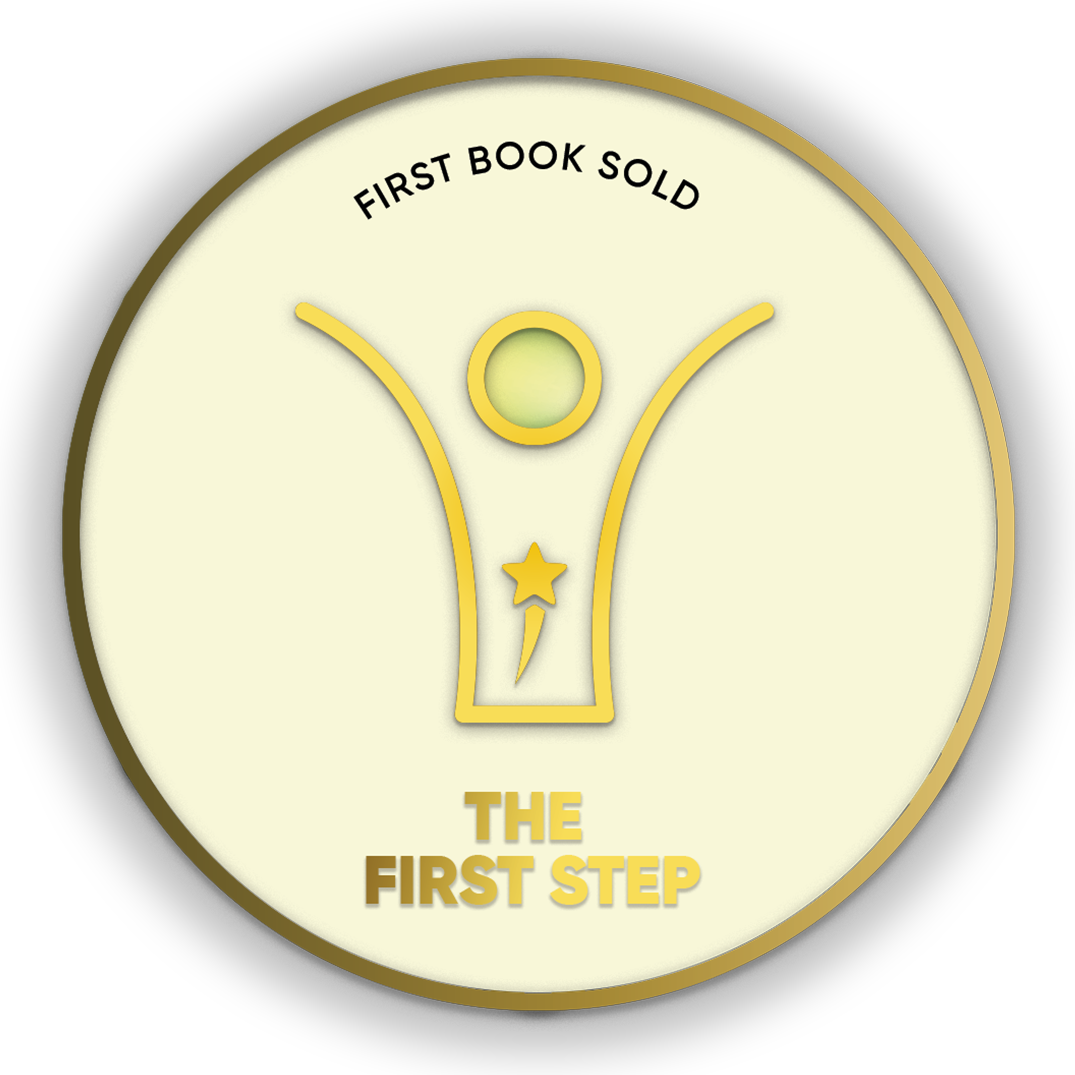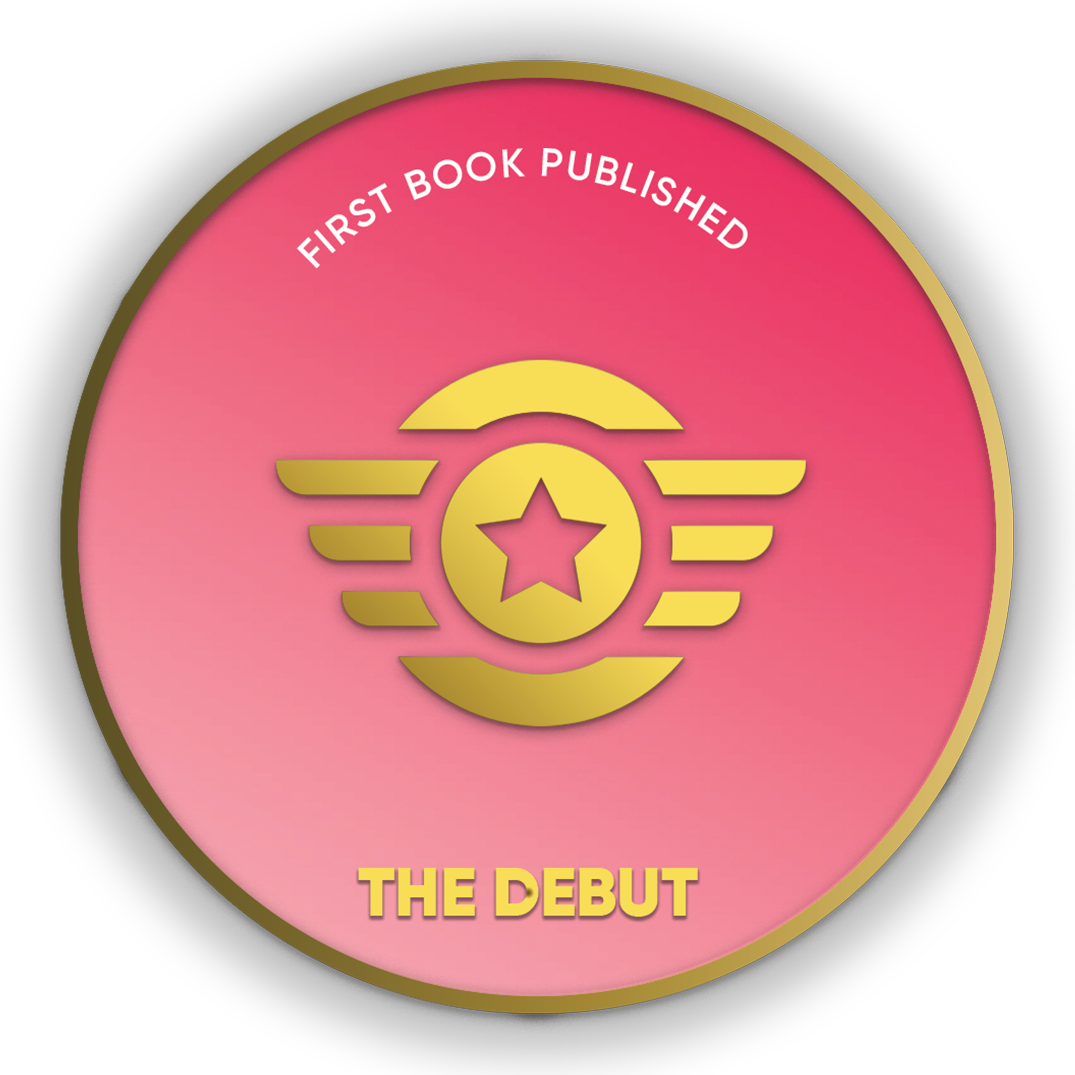
- Discover books
- For Writers
-
For Writers
-
Indie Author Championship
-
Challenges
Writing Contests
- Get Started

"It was a wonderful experience interacting with you and appreciate the way you have planned and executed the whole publication process within the agreed timelines.”
Subrat SaurabhAuthor of Kuch Woh Pal -
R. Raghunathan
Even as a student studying in a school in Delhi, Raghunathan’s ambition was always to pursue a vocational education that would lead him to become a mechanical, electrical, or civil engineer. There was keen competition in those days for admission to these courses, and colleges offering such courses were few and very expensive, too. Unable to face such challenges, Raghunathan enrolled in a course in Textile Technology at one of the local government colleges with little disappointment. After completing his course in textile technology, he entered the textile industry as a shop floor supervisor Read More...
Even as a student studying in a school in Delhi, Raghunathan’s ambition was always to pursue a vocational education that would lead him to become a mechanical, electrical, or civil engineer. There was keen competition in those days for admission to these courses, and colleges offering such courses were few and very expensive, too. Unable to face such challenges, Raghunathan enrolled in a course in Textile Technology at one of the local government colleges with little disappointment.
After completing his course in textile technology, he entered the textile industry as a shop floor supervisor at one of the composite mills in Ahmedabad. He soon realized and used to say that it was fascinating and absorbing work. Cotton and similar fibres of widely varying parameters require one to use statistical tools for processing. In short, he used to say that there was an art in handling the workforce, a science, and logic to understand the process technology, application of statistical tools, and a great emphasis on scientific management since this industry was operating on small margins.
He has presented many technical papers, contributed articles to textile magazines, and conducted refresher courses for fellow technicians and managers. He also has extensive knowledge of technical textiles, having served as the head of the technical textiles manufacturing unit for a decade.
Raghunathan is also a curious learner and will take any opportunity to listen, learn, absorb, and retain any topic of interest. He got a postgraduate diploma in management at the age of 75. Such is his drive for learning. Equally so, he is interested in sharing and guiding others who need help, and this book is one such attempt.
Read Less...Crop your profile image

TECH2WEAVE
Books by R. Raghunathan
In the world of Fashion, clothes are a symbol of identity, creativity, and status. Beyond this, the cloth holds a deeper, more human value: Dignity. This is created by skilled craftsmen who convert fibre/filament into fabric.
Thread by thread, pick by pick, the loom lays the groundwork that graces the world of fashion. And the book is all about how much Technology has advanced that pick insertion has gone up by 200-fold and has greatly relieved the hu
In the world of Fashion, clothes are a symbol of identity, creativity, and status. Beyond this, the cloth holds a deeper, more human value: Dignity. This is created by skilled craftsmen who convert fibre/filament into fabric.
Thread by thread, pick by pick, the loom lays the groundwork that graces the world of fashion. And the book is all about how much Technology has advanced that pick insertion has gone up by 200-fold and has greatly relieved the human efforts of monotonous manual labour and conserved human energy, though the technique of weaving operations have not changed.

Are you sure you want to close this?
You might lose all unsaved changes.
Select from one of our global stores to continue
 India
India
 Malaysia
Malaysia
 Singapore
Singapore
 UAE
UAE
Warning Message
The items in your Cart will be deleted, click ok to proceed.










